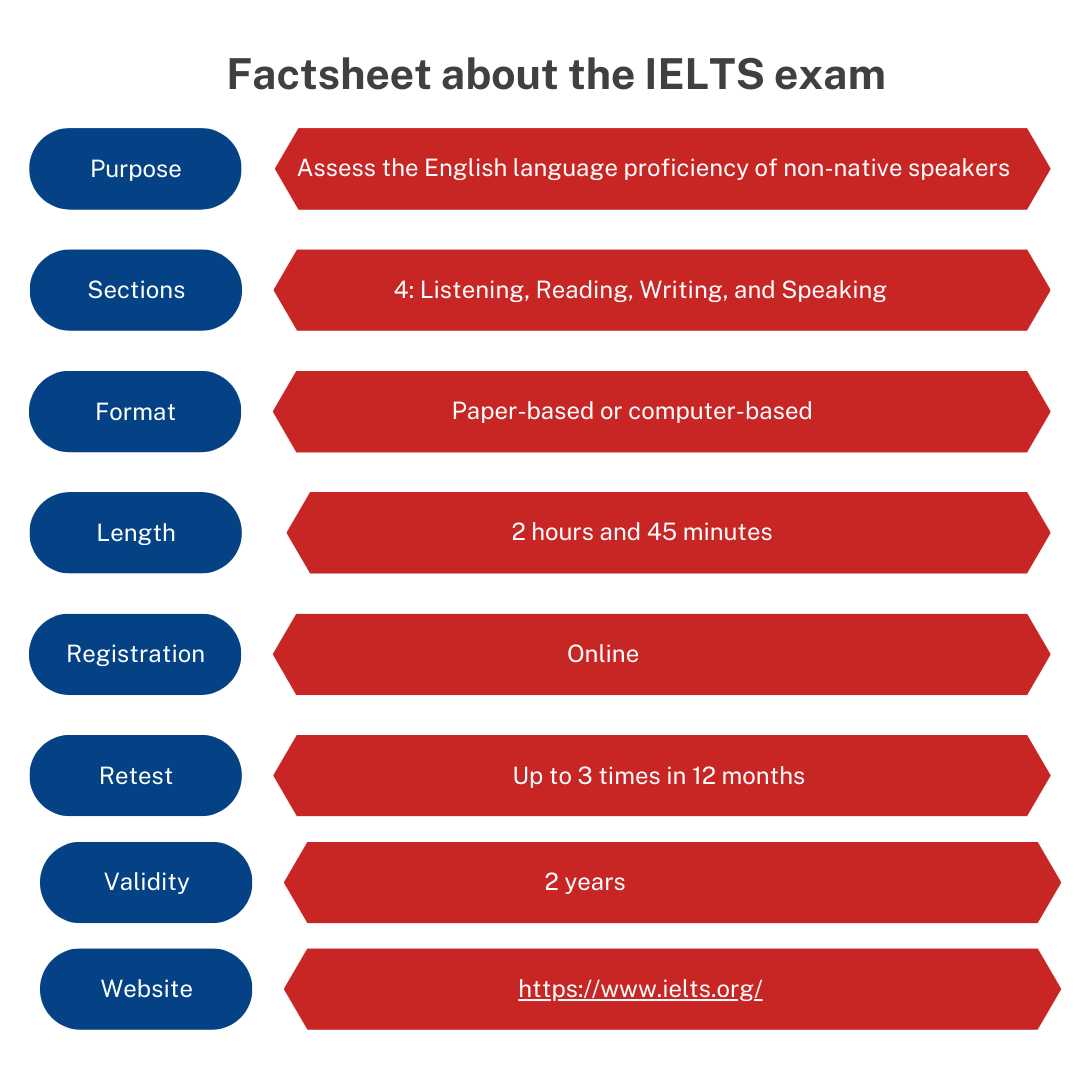The International English Language Testing System (IELTS) is a standardized test that measures the language proficiency of individuals who want to study or work in an English-speaking country. It is recognized globally and accepted by universities, employers, and immigration authorities as proof of English language proficiency.
There are two versions of the IELTS test: Academic and General Training. The Academic module is for those who wish to study at a university level in an English-speaking country, while the General Training module is for those who want to migrate to an English-speaking country for work or other purposes.
One of the key features of the IELTS test is its four components: Listening, Reading, Writing, and Speaking. Each of these components assesses different language skills and abilities, providing a comprehensive evaluation of the test taker’s English proficiency.
The Listening component consists of four sections with a total of 40 questions, designed to test the test taker’s ability to understand spoken English in various contexts. The Reading component includes three sections with a total of 40 questions, assessing the test taker’s ability to read and understand academic or general texts.
The Writing component requires the test taker to complete two tasks: Task 1, which may be a graph, table, chart, or diagram description, and Task 2, which is an essay response to a given question or statement. The Speaking component is a face-to-face interview with a certified examiner, evaluating the test taker’s ability to communicate effectively in spoken English.
In conclusion, the IELTS test is a valuable tool for individuals seeking to demonstrate their English language proficiency for academic, professional, or immigration purposes. It provides a fair and reliable assessment of language skills through its four components, helping test takers achieve their goals of studying or working in an English-speaking environment.
